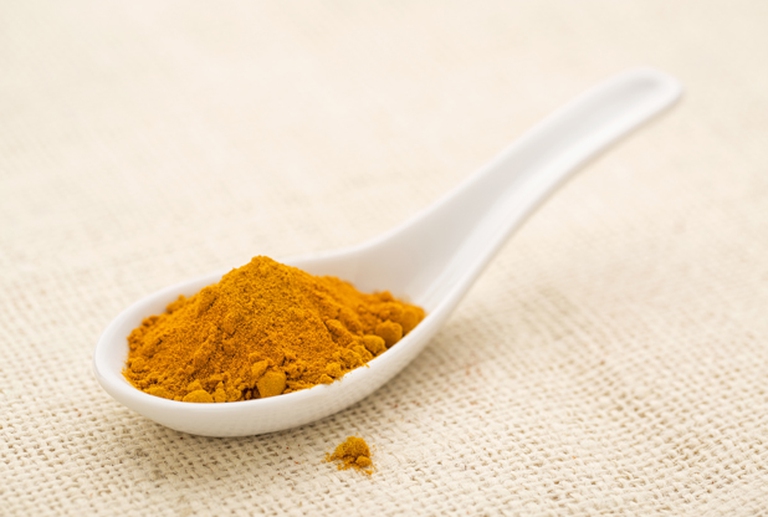
Factory farming conditions and antibiotic-resistant pathogens emerging as a result of them pose an existential threat to humans in the form of zoonotic diseases. Why it’s time to produce and consume food more thoughtfully.
Ingredients for 6 servings 80 g of lentils 80 g of chickpeas 80 g of cannellini beans 2 spoonful of 00 flour 4 ripe red tomatoes or a tin of tomatoes 1 big white onion 1 lemon juiced Minced celery leaves 1 small bunch of minced parsley 1 teaspoonful of powdered turmeric A pinch of
Ingredients for 6 servings
80 g of lentils
80 g of chickpeas
80 g of cannellini beans
2 spoonful of 00 flour
4 ripe red tomatoes or a tin of tomatoes
1 big white onion
1 lemon juiced
Minced celery leaves
1 small bunch of minced parsley
1 teaspoonful of powdered turmeric
A pinch of saffron
A pinch of harissa (a hot chili pepper paste)
Extra virgin olive oil
salt
pepper

Preparation
Soak chickpeas, beans and lentils in three separate bowls overnight. Put the former two into cold water and boil them, mixing until tender. Add lentils, the chopped up onion and a pinch of pepper: cook until the lentils will be tender too. Add saffron.
In a large pot toss peeled tomatoes in a little oil with celery leaves, lemon juice and turmeric. Season with salt. Cover with half a litre of water and boil over high heat. Add flour by gently sprinkling it in and blend with a whisk until smooth with no lumps. Add the legumes, a handful of minced parsley, harissa and salt to taste and stir while cooking for 10 minutes. Serve with remaining chopped parsley and thin slices of lemon.
Variation
It is possible to use lentils and chickpeas only and add short pasta pieces, such as angel hair pasta or a handful of rice.
News and tips
This rustic mixed bean soup is very spicy, it is a vegetarian version of harira, the traditional Moroccan soup with which Muslims break the fast during Ramadan. Flour makes it smooth and enhances the spices.
Siamo anche su WhatsApp. Segui il canale ufficiale LifeGate per restare aggiornata, aggiornato sulle ultime notizie e sulle nostre attività.
![]()
Quest'opera è distribuita con Licenza Creative Commons Attribuzione - Non commerciale - Non opere derivate 4.0 Internazionale.
Factory farming conditions and antibiotic-resistant pathogens emerging as a result of them pose an existential threat to humans in the form of zoonotic diseases. Why it’s time to produce and consume food more thoughtfully.
The world of cinema recognises the link between food choices and the climate crisis by offering vegan menus for awards season events, including at the most important of them all: the Oscars.
Let’s look at the reasons behind the growth of veganism in India, as a small yet vocal section of the population turns towards this diet and lifestyle in the largest milk producing country in the world.
by Jeffrey Y. Campbell, Manager of the Forest and Farm Facility at FAO In the Ecuadorian Amazon, Kichwa farmers grow dozens of products on tiny parcels of land. Their lands hum with biodiversity, yielding nutritious foods that have sustained families for generations. Wandering among fruit and nut trees and crops, these indigenous agroforesters fill their baskets
Mint has many health benefits, but in food it’s often accompanied by artificial green colourings. Instead, Galatea has created a green mint ice cream in a completely natural way.
We’re talking about Galatea, a company that produces semi-finished products for artisanal ice creams using high quality ingredients, natural colouring, excluding thickeners and hydrogenated fats, respecting the environment and supporting the less fortunate.
The mad rush to fake food, like fake meat made with genetically-modified soy, ignores the importance of the diversity of our foods and culinary cultures. It’s a recipe to accelerate the destruction of the Planet and our health.
Like with all foods, the quality of an ice cream can be discerned by reading its label. An expert explains how to do this, and tells us how their company steers clear of chemicals, using only natural ingredients to produce an excellent and “free” ice cream.
Quality ingredients, no artificial colouring and hydrogenated fats. These are the main features of a great ice cream. But what makes an ice cream parlour “good”, i.e. sustainable?







